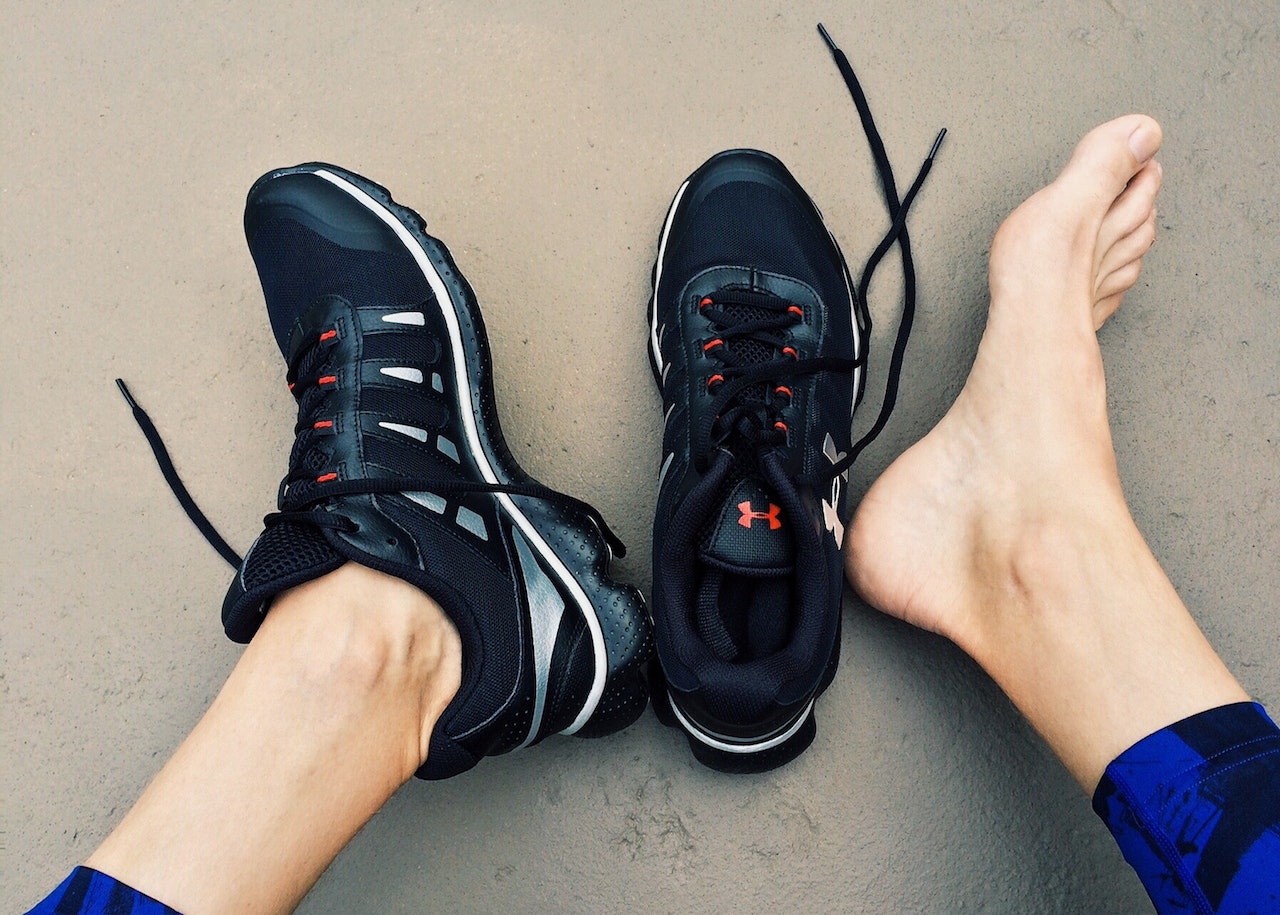Understanding Big Toe Joint Pain: Causes, Symptoms, and Treatment Options for Relief
Big toe joint pain can be a debilitating condition that affects mobility and overall foot comfort. This article aims to provide valuable information about the causes, symptoms, and effective treatment options to alleviate this condition. By gaining insight into this condition, individuals can seek appropriate intervention at home or with a podiatrist depending on the severity of the symptoms
Causes of Big Toe Joint Pain:
Several factors contribute to the development of big toe pain. Understanding these causes can aid in identifying the underlying issue. Some common causes for pain include:
1. Arthritis: Osteoarthritis also know as hallux rigidus, rheumatoid arthritis, or gout can cause inflammation and pain in the big toe joint. These conditions lead to the deterioration of joint cartilage, resulting in stiffness, swelling, and discomfort.
2. Injury or Trauma: An injury, such as a sprain, fracture, or dislocation, can damage the big toe joint, leading to pain and limited mobility.
3. Bunion Formation: Bunions, which are bony protrusions at the base of the big toe, can cause joint pain as they alter toe alignment and place pressure on the joint.
4. Turf Toe: Common among athletes, turf toe occurs when the ligaments around the big toe joint are stretched or torn due to hyperextension, causing pain and limited range of motion.
Symptoms of Big Toe Joint Pain:
Recognizing the symptoms associated with big toe joint pain is essential for accurate diagnosis and appropriate treatment. Common symptoms include:
1. Pain and Discomfort: Persistent pain, throbbing, or aching sensations in the big toe joint, which may worsen during movement or weight-bearing activities.
2. Swelling and Inflammation: The joint may appear swollen, red, or warm to the touch due to inflammation.
3. Stiffness and Limited Mobility: Difficulty bending or straightening the big toe, resulting in reduced range of motion and limited flexibility.
4. Difficulty Wearing Shoes: It can make it uncomfortable to wear regular footwear, especially shoes that compress or put pressure on the affected area.
Treatment Options:
Several treatment options can provide relief and improve the condition of big toe joint pain. These include:
1. Rest and Ice: Resting the foot and applying ice packs to the affected joint can help reduce pain and inflammation.
2. Medications:
Nonsteroidal Anti-inflammatory Drugs (NSAIDs): Over-the-counter NSAIDs can alleviate pain and reduce inflammation.
Topical Analgesics: Creams or gels containing pain-relieving ingredients can provide temporary relief.
3. Physical Therapy:
Range of Motion Exercises, including gentle stretching exercises and mobility exercises can improve joint flexibility and reduce stiffness. Strengthening Exercises including targeted exercises to strengthen the muscles around the joint can provide stability and support.
4. Orthotic Devices:
Shoe Inserts or Orthotic Supports: Custom-made inserts or supports can provide proper arch support, cushioning, and realignment of the big toe joint.
5. Footwear Modifications:
Wearing shoes with a wide toe box and low heels can alleviate pressure on the big toe joint and reduce discomfort.
6. Injections:
Corticosteroid and amniotic injections can be administered directly into the joint to reduce pain and inflammation.
7. Laser Treatment
Non invasive, pain free laser treatment can help reduce the inflammation and pain associated with joint pain.
8. Surgical Intervention:
In severe cases where conservative measures fail to provide relief, surgical options such as cheilectomy, joint fusion or joint replacement may be considered.
In conclusion, big toe jopain can significantly impact mobility and overall foot comfort. By understanding the causes, identifying the symptoms, and exploring the available treatment options, individuals can take steps towards finding relief from pain. Whether it’s addressing arthritis, managing an injury, or treating conditions like bunions or turf toe, a range of treatments exists to alleviate discomfort and improve joint function.
Early intervention, proper diagnosis, and personalized treatment plans are crucial for effectively managing big toe joint pain. It is advisable to consult with a podiatrist to determine the underlying cause and receive appropriate guidance.
It’s important to note that each case is unique, and treatment outcomes may vary. Therefore, it’s essential to follow professional advice, adhere to treatment plans, and make lifestyle modifications to reduce the risk of recurrence or further complications.
At Gauld Foot and Ankle we specialize in non-surgical, holistic treatments for pain including laser therapy, amniotic injections and custom orthotics with support under the joint to eliminate pressure to the big toe joint.
Improve your quality of life and regain pain-free feet by making an appointment at Gauldfootandankle.com or call us at (678) 215-1882

